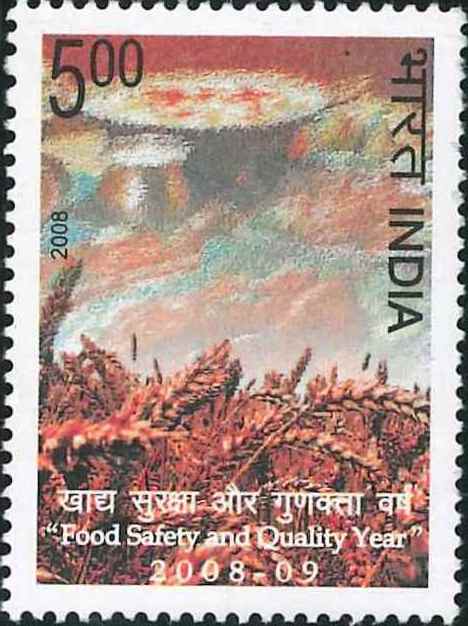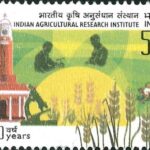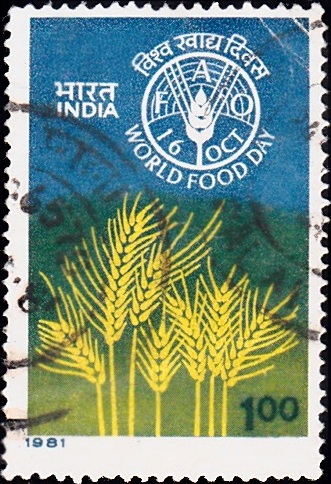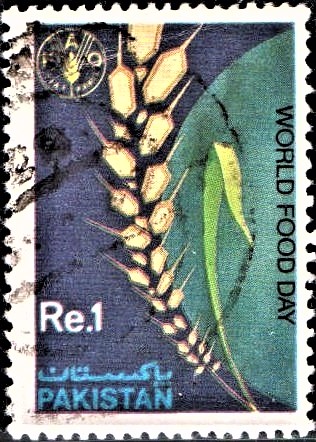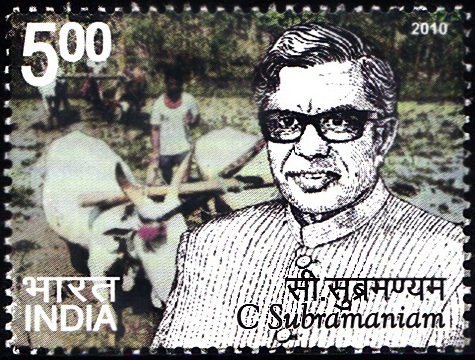
Chidambaram Subramaniam
A commemorative postage stamp on the Birth Centenary of Bharat Ratna C. Subramaniam (CS), an Indian Minister of Defence (1979-80), Minister of Finance (1975-77) and Minister for Food & Agriculture (1964-66), ushered Indian Green Revolution :
Issued on Nov 20, 2010
Issued for : India Posts is happy to honour him by issuing a commemorative postage stamp.
Credits :
Stamp & FDC : Suresh Kumar
Cancellation : Alka Sharma
Type : Stamp, Mint condition
Colour : Multi colour
Denomination : 500 Paise
Stamps Printed : 0.3 Million
Printing Process : Wet offset
Printer : Security Printing Press, Hyderabad
Name : Chidambaram Subramaniam
Born on Jan 30, 1910 at Senguttaipalayam, Pollachi, Coimbatore, Tamil Nadu, India
Died on Nov 7, 2000 at Chennai, Tamil Nadu, India
About :
- C. Subramaniam was born on January 30, 1910 in a village called Senguttaipalayam in Pollachi. Son of Shri Chidambara Gounder, he had his early education in Pollachi and completed his graduation at the Presidency College, Chennai obtaining the B.Sc degree in Physics. Later, he did his law from Law College, Chennai.
- He gave up his practice and plunged into the freedom struggle. He was elected to the Madras Legislative Assembly in 1952 and became Minister for Education, Law and Finance in the then Madras State. He held various portfolios under two stalwart Chief Ministers, Rajaji and Kamaraj. As a Minister for Education, he laid a solid foundation for primary education. The main emphasis was placed on the education of children of the downtrodden. He was instrumental in the introduction of the Noon Meal Scheme in Schools, in bringing up several major irrigation projects, in catalysing the establishment of I.I.T. Madras, Neyveli Lignite Corporation, the Institute of Development Studies (MIDS).
- He was elected to the Lok Sabha in 1962. As a Union Minister, he held several important portfolios such as Finance, Defence, Steel and Heavy Industries, Science and Technology.
- As Union Minister for Agriculture, he spearheaded the Green Revolution and is remembered as its Architect transforming India from a deficit country in food grain to a surplus country. As Minister for Steel, he revamped steel mills to establish higher levels of productivity, established many units of B.H.E.L. across all over the country. He also set up the Food Corporation of India, drew up the first Science and Technology plan for the country, articulated the first national security strategy, initiated an integrated rural development strategy, professionalised the management of the institutions of agricultural research and of the other national science research institutions, introducing coordination and synergy, and gave up a fillip to dairy development, leading to a successful White Revolution.
- At the international level, the paper he had prepared on ‘Child Nutrition‘ for the U.N. Secretary General is still considered a classic. He had been elected in his personal capacity to the Board of Governors of the International Rice Research Institute (IRRI), Manila, Philippines and International Maize and Wheat Research Institute (CIMMYT), Mexico, positions that he held for a period of six years. He also held the office of Governor of Maharashtra State for a brief period. He was the Vice President of Bhartiya Vidya Bhawan worldwide for a period of ten years before becoming its President in the year 1990 an office he continued to hold till he passed away in 2000. His achievements in many fields were recognised by the U Thant Peace Award, the Borlaug Award and the Y.B. Chavan Award and he was also honoured with the Bharat Ratna.
- He passed away on 07 November 2000.
- Text : Based on the materials provided by the proponent.


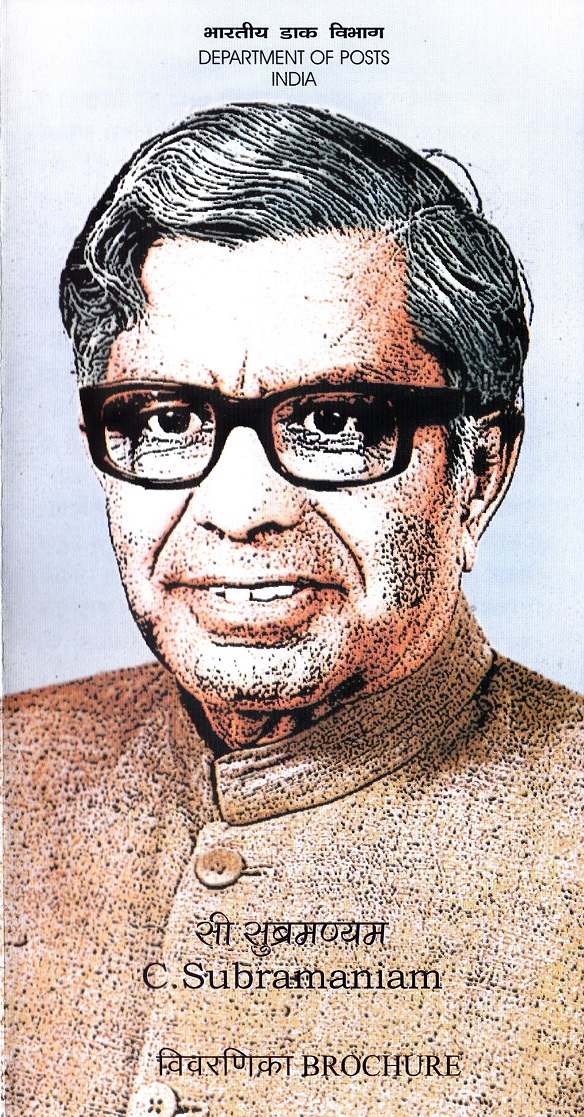 Issued by
Issued by